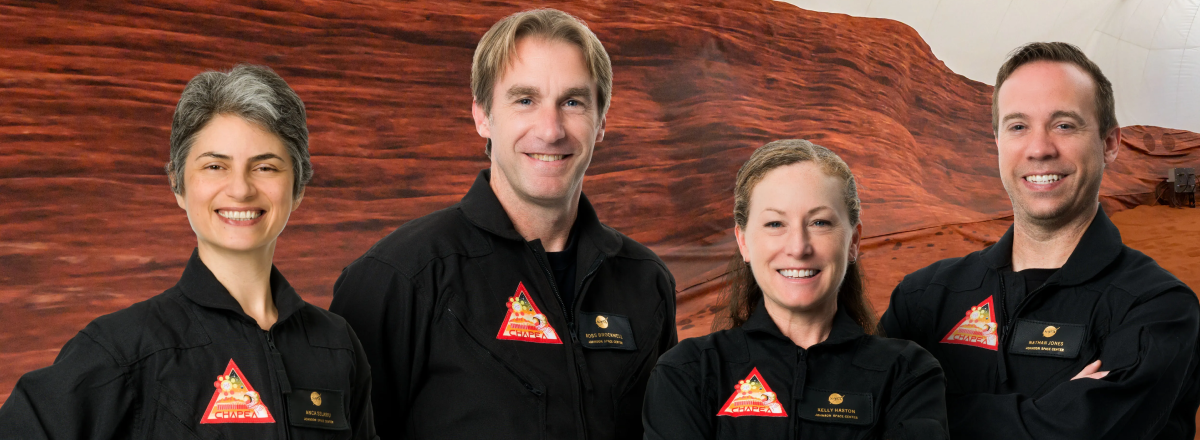First Simulated Mars Mission Completes Over a Year in Isolation
This mission was designed to provide critical data on how long-term space missions affect human health and performance, aiding in the preparation for future missions to Mars.

NASA's first CHAPEA (Crew Health and Performance Exploration Analog) mission has successfully concluded, with the crew emerging from their yearlong simulated Mars habitat on July 6, 2024. This mission was designed to provide critical data on how long-term space missions affect human health and performance, aiding in the preparation for future missions to Mars.
The four-member crew, consisting of Kelly Haston (commander), Ross Brockwell (flight engineer), Nathan Jones (medical officer), and Anca Selariu (science officer), spent 378 days in isolation at NASA's Johnson Space Center in Houston. The habitat, a 1,700-square-foot, 3D-printed structure named, was designed to mimic the conditions of a Martian environment, including limited resources and communication delays.
Throughout the mission, the crew conducted various activities such as simulated Mars walks, robotic operations, habitat maintenance, exercise, and crop growth. They also faced challenges like resource limitations and confinement to better understand the potential difficulties of living on Mars.
The mission provided invaluable data that will help NASA plan for future human expeditions to Mars. Two more CHAPEA missions are planned, with the next set to begin in 2025. These missions will continue to explore the impacts of Mars-like conditions on human health and performance, providing a broader perspective through data collected from additional participants.

